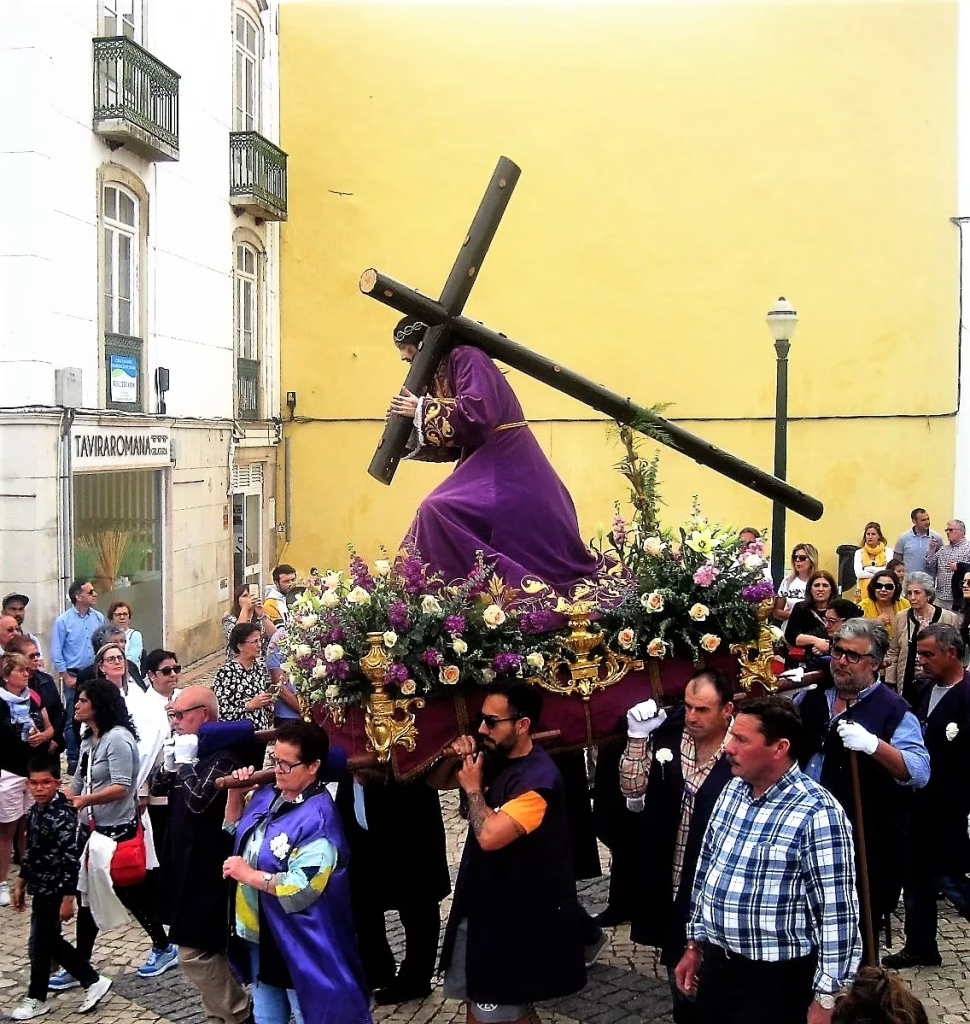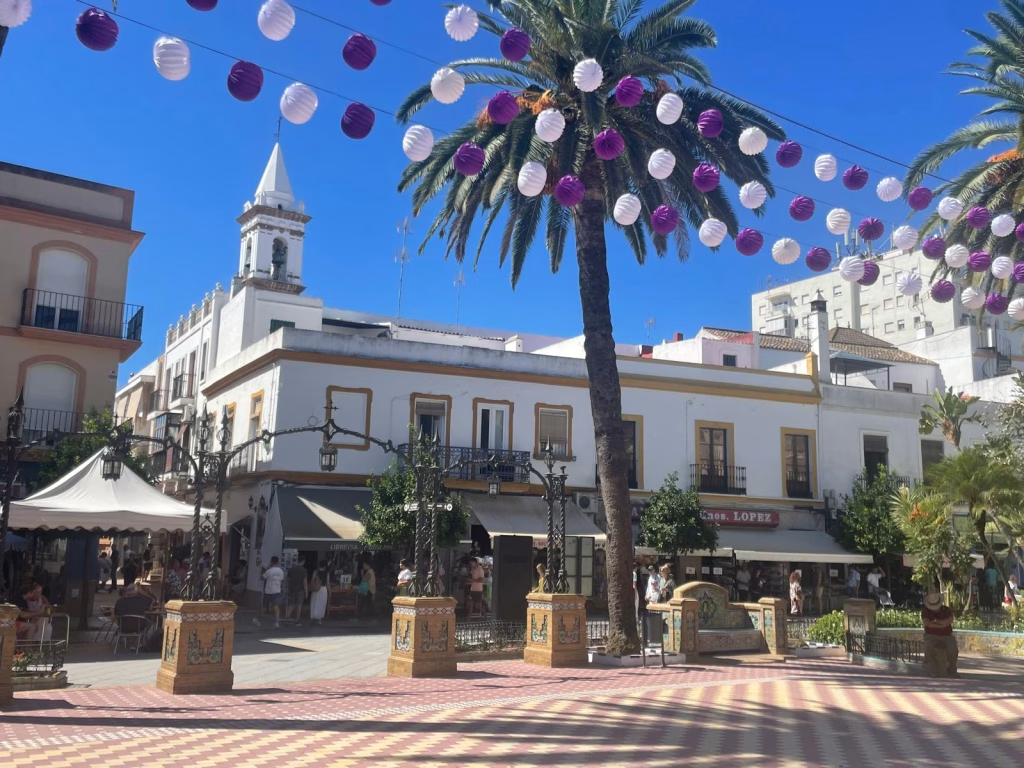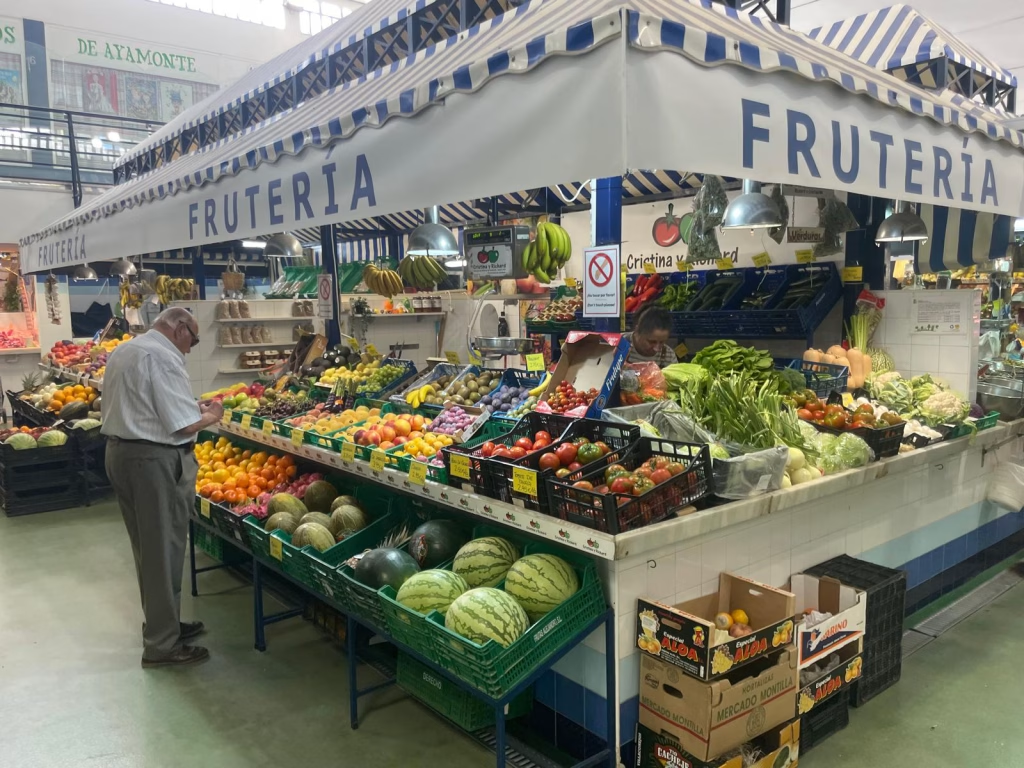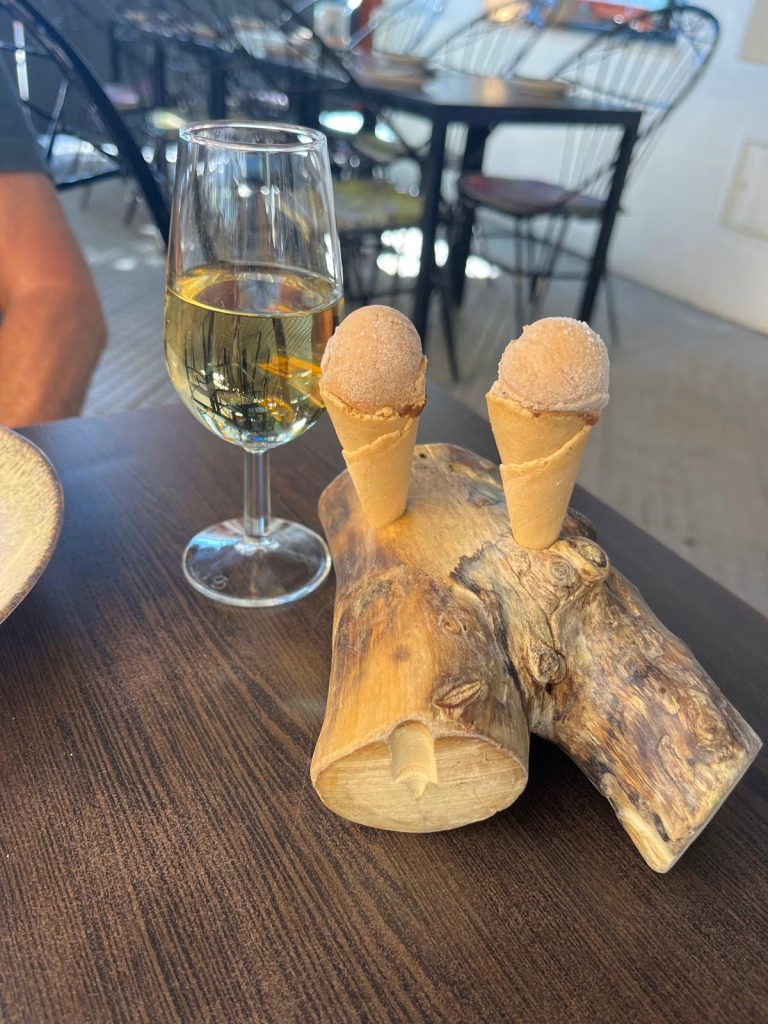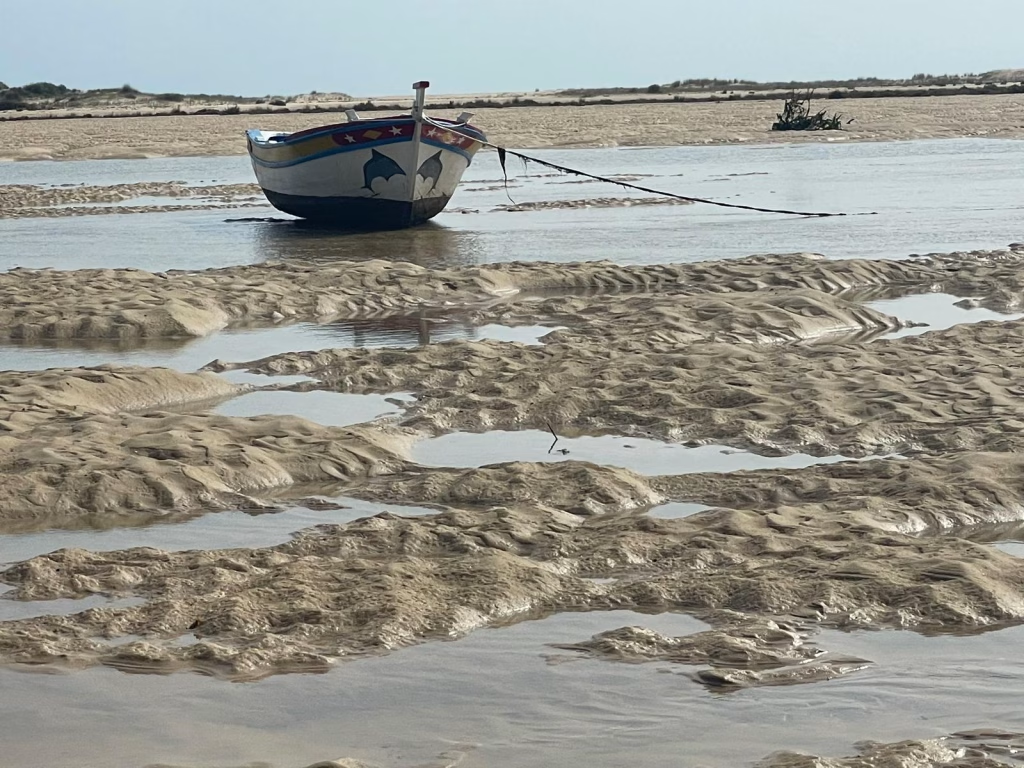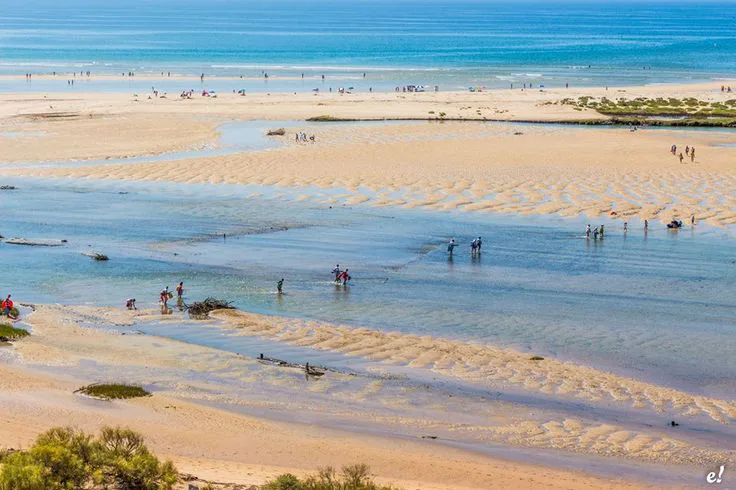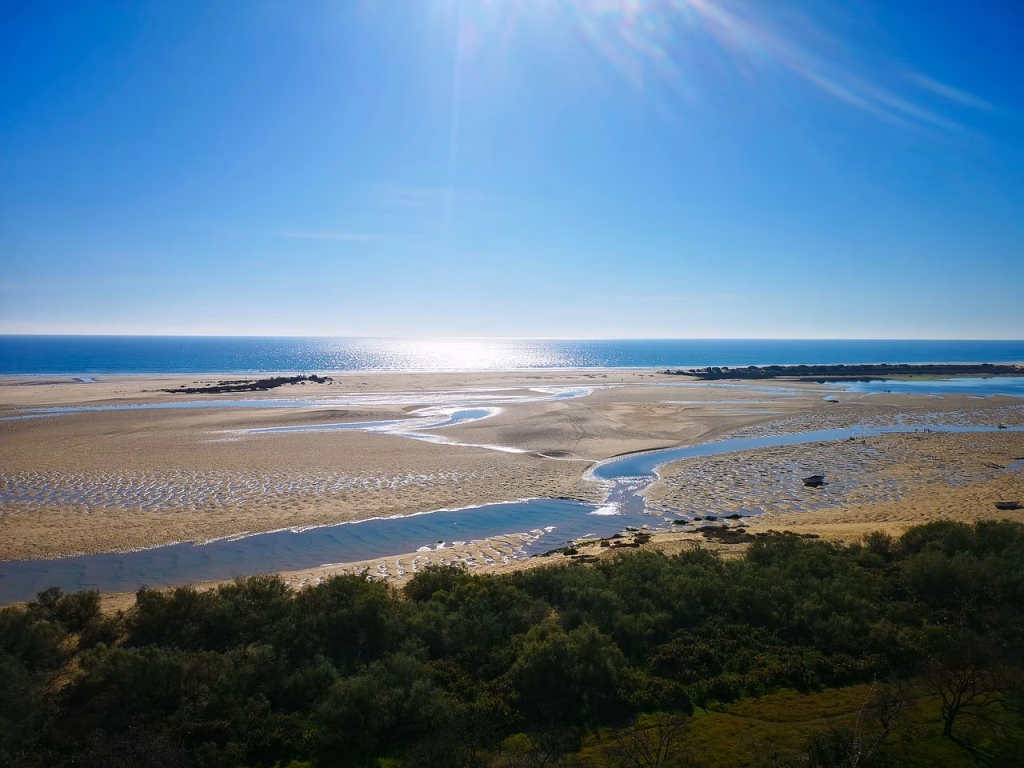If you think the Algarve is just beaches and sunshine, think again. The soul of southern Portugal beats strongest in its festivals — where faith, colour, and community come together in streets scented with flowers and incense.
From the solemn beauty of Easter week in Tavira to the flamboyant joy of Carnival in Loulé , and the candlelit calm of Christmas , 2026 promises a year rich with processions, music, and ancient traditions that tell the story of the Algarve’s deep Catholic roots.
Here’s your insider’s guide to the most moving — and most photogenic — celebrations across the East Algarve and Loulé .
Why These Festivals Matter
Religious festivals in Portugal aren’t museum pieces. They’re living traditions — shaped by faith, sea, and history.
In the East Algarve, where fishing villages meet baroque churches and cobbled lanes, religion still weaves into daily life.
During Holy Week, the streets glow with candlelight. In summer, saints are paraded beneath paper flowers. And in February, Loulé bursts into feathers and samba for Carnival — a joyful rebellion before Lent begins.
Whether you come for the pageantry or the meaning, each celebration offers a glimpse into the Algarve’s most authentic side.
✨ 2026 Calendar of Major Festivals & Processions in the East Algarve + Loulé
| Date | Event | What Happens | Where |
|---|---|---|---|
| February 15–17, 2026 | Carnival (Carnaval) | Three days of parades, floats, music, and laughter before Lent. Loulé’s parade is legendary — Portugal’s oldest, filled with satire, sequins, and samba beats. | Loulé (also smaller parades in Tavira & Moncarapacho) |
| February 17, 2026 | Shrove Tuesday | The grand finale of Carnival. Streets fill with confetti and costumes before the fasting of Lent begins. | Loulé, Olhão, Tavira |
| March 29 – April 5, 2026 | Semana Santa (Holy Week) | The heart of the religious year. Includes Palm Sunday, Maundy Thursday, Good Friday processions, and joyful Easter Sunday. | Tavira, Santa Luzia, Cacela Velha, and Loulé |
| April 5, 2026 | Easter Sunday (Páscoa) | The most important Christian celebration. Tavira’s churches are packed for morning Mass, followed by family lunches and sweet “folar” bread. | Tavira & throughout Algarve |
| April 5–19, 2026 | Festa da Mãe Soberana | The “Festival of the Sovereign Mother” — an extraordinary Easter-time procession of devotion in which the Virgin Mary’s statue is carried uphill amid music and fireworks. | Loulé |
| June 4, 2026 | Corpus Christi | Processions of the Blessed Sacrament through streets decorated with flower carpets — a beautiful, deeply symbolic feast. | Tavira & surrounding parishes |
| June 13, 2026 | Feast of Saint Anthony (Santo António) | The matchmaker saint! Expect music, garlands, and local fairs. | Tavira, Olhão, small villages |
| August 15, 2026 | Assumption of Mary (Nossa Senhora da Assunção) | A major national holiday honouring the Virgin Mary. Coastal towns hold sea processions where fishermen bless their boats. | Tavira, Loulé, Santa Luzia |
| September (TBC) | Local Patron Saint Festivals | Every parish honours its own patron saint — often with processions, fireworks, music, and grilled sardines! | Various villages across East Algarve |
| December 8, 2026 | Immaculate Conception (Imaculada Conceição) | Marian processions and church celebrations leading into Christmas season. | Tavira & Loulé churches |
| December 24, 2026 | Christmas Eve – Missa do Galo (Midnight Mass) | The “Mass of the Rooster” at midnight. Expect full churches, candlelight, carols, and community warmth — followed by family dinners and Portuguese Christmas sweets. | Tavira, Loulé, and all parishes |
| December 25, 2026 | Christmas Day (Natal) | Morning Mass followed by family feasts and gift-giving. Tavira’s riverfront lights and nativity displays make it extra magical. | Throughout the East Algarve |
Carnival: Portugal’s Joy Before the Fast
Let’s start with the loudest one!
Carnival (Carnaval) in the Algarve is technically tied to the Christian calendar — it happens just before Lent — but don’t expect quiet prayer. This is Portugal’s party season, and Loulé steals the show.
Picture floats swirling with dancers, brass bands, satire, feathers, and samba rhythms — all with a cheeky Portuguese sense of humour. It’s colourful, creative, and completely contagious.
While not a “religious procession” in the strict sense, Carnival is part of the spiritual rhythm: a joyful farewell to indulgence before Lent’s 40 days of reflection.
Semana Santa: Tavira’s Holy Heart
If you want to feel the emotional core of the Algarve, visit Tavira during Holy Week (Semana Santa) .
- Palm Sunday (March 29) marks the beginning, with parishioners carrying woven palm crosses through Tavira’s old streets.
- Maundy Thursday & Good Friday (April 2–3) bring processions of silence, torches, and the haunting Via Sacra — the Stations of the Cross reenacted through the cobbled centre.
- Easter Sunday (April 5) turns grief to joy as church bells ring across the rooftops.
Even if you’re not religious, the beauty and sincerity of it all are unforgettable.
Loulé’s Deep Devotion: Festa da Mãe Soberana
Just west of Tavira lies Loulé , where faith and spectacle collide every Easter season.
The Festa da Mãe Soberana — the Festival of the Sovereign Mother — is one of Portugal’s most extraordinary processions. A statue of the Virgin Mary is carried down from her sanctuary on Easter Sunday (the “Small Feast”) and then returned two weeks later in a breathtaking uphill procession (the “Big Feast”).
Men dressed in white bear the statue on their shoulders while crowds cheer, church bells ring, and fireworks light the sky. It’s raw, emotional, and pure devotion.
Summer Saints & Flowered Streets
By summer, the tone changes. Out go the candles; in come garlands, music, and village feasts.
- Corpus Christi (June 4) decorates the streets with petals in geometric patterns.
- Feast of St. Anthony (June 13) brings bonfires, dancing, and grilled sardines.
- Assumption of Mary (August 15) fills coastal churches with flowers — and sometimes sees fishermen blessing their boats.
Every village has its own festival calendar, so if you’re exploring the countryside, ask locals when “a festa do padroeiro” (patron saint festival) happens — you might stumble into fireworks, folk dancing, and midnight feasts.
Christmas in the Algarve: Faith, Family & Candlelight
And finally — the year ends just as beautifully as it began.
In December, the East Algarve glows with Christmas lights, nativity scenes (presépios) , and the warmth of community. Churches open their doors for Missa do Galo , the midnight “Mass of the Rooster,” one of Portugal’s most heartfelt traditions.
Tavira’s old town sparkles with riverside light displays and a large presépio near the Roman Bridge, while Loulé fills its square with carols and a charming Christmas market.
It’s a peaceful, soulful time — a reminder that the Algarve’s faith isn’t just seen in grand processions, but felt quietly in the glow of candles on Christmas Eve.
Visiting Tips for 2026
- Plan ahead: Many events follow the church calendar, which shifts yearly.
- Dress modestly: Even outdoor processions are acts of worship.
- Join respectfully: Walk alongside locals, avoid flash photography during Mass.
- Check parish updates: Tavira’s and Loulé’s tourism offices post schedules each spring.
- Combine with culture: Pair a procession with a market visit, a seafood lunch, or a sunset boat trip on the Ria Formosa.
Final Thoughts
The East Algarve’s religious calendar tells a story of joy, loss, renewal, and belonging — the same rhythm that shapes Portuguese life.
Whether you’re swept up in the glitter of Loulé’s Carnival , moved by the candlelight of Tavira’s Good Friday , or touched by the stillness of Christmas Eve , you’ll witness something timeless: the beating heart of the Algarve, shared through faith, music, and warmth.
So when you plan your 2026 Algarve escape , leave room for more than beaches.
Come for the processions. Stay for the spirit.

